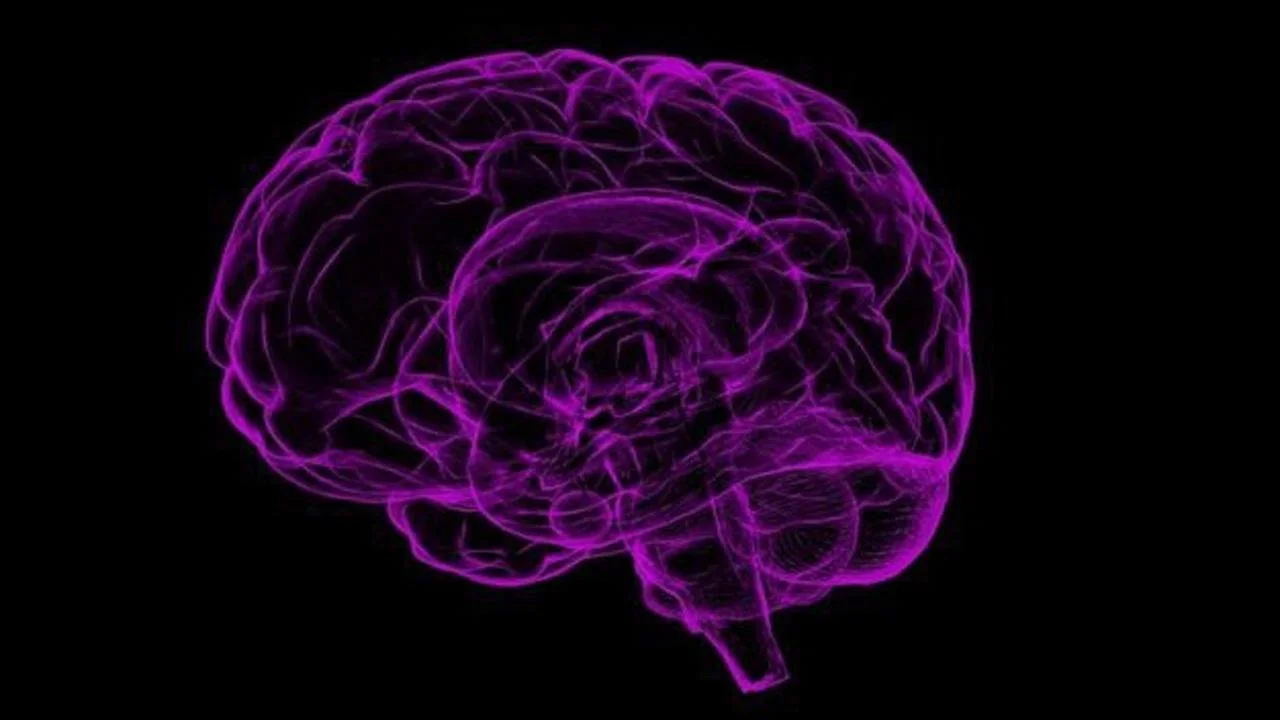Is Your Headache a Real Pain in the Neck?
It is estimated that approximately 90 percent of Americans have experienced a headache at some point in their lives. Headaches have been categorized into different types, the most common being tension headaches and migraines. The causes of headaches are unknown, however, they are believed to be related to such things as muscular tension, dilated/constricted blood vessels, genetics, chemical/hormonal imbalances and stress.
Much scientific research has been dedicated to looking for an underlying cause of headaches and, throughout this endeavor, has lead to overwhelming evidence that the pain experienced as a “headache” may NOT be due to any problems occurring in the head, but rather is a problem occurring within the structures of the upper neck.
Cervicogenic headache is a relatively new category, yet is becoming widely recognized and accepted within the medical profession due to the substantial amount of evidence pointing towards a cervical (neck) origin. It is now known that there is a cluster of nerve cells located in the spinal cord within the region of the top three vertebrae in the neck that receives sensory information from the head and neck. All painful stimulation coming from the head and neck is sent to the same area located in the upper neck and then sent to the brain for interpretation. By the time the signal reaches the brain, the brain has no way of distinguishing whether that particular pain signal is coming from the head or from the neck, but will often interpret it as a headache. The significance of this information is that problems arising in the upper neck, including the muscles, joints, and ligaments are capable of creating referred pain to the head.
Migraines associated with cervical dysfunction is plausible due to the fact that nerves traveling to the neck region include those coming from the eyes, forehead, inner ear (dizziness) and the GI tract (nausea and vomiting) all of which converge at some point and are capable of influencing each other. Many triggers are known for developing the onset of headaches. The typical example is whiplash, which frequently results in injury and misalignment of the bones in the upper neck. Other triggers include postural distortion, prolonged deskwork, intense physical workouts, caffeine and emotional tension. Whatever the trigger may be, the mechanism is the same and will produce pain characteristic of migraines and tension headaches. Traditional relief care includes medication and trigger point injections, which aid in blocking specific points within the biochemical pathway but fails to address the underlying cause of the pain.
Although researchers are now looking to structures in the upper neck for answers to solving problems with chronic headaches, chiropractors have been helping people with headaches for over one hundred years. It is clearly understood that functional disturbances in the upper neck can cause severe headaches. Upper cervical chiropractors have an organized systematic approach for detecting disturbances of the neck and correcting them using conservative techniques. Correcting dysfunction within the neck will relieve stress on the structures capable of creating chronic, debilitating headaches.
References:
Bogduk N. The Cervical-Cranial Connection. Journal of Manipulative Physiological Therapy, 1992; 15(1):67-70
Barnsley L, Lord S, Bogduk N. Whiplash Injury. Pain, 1994; 58(3):283-307
Lord SM, Bogduk N. The Cervical Synovial Joints as Sources of Post-Traumatic Headache. Journal of Muskuloskeletal Pain, 1996; 4(4):81-94
Kirk Eriksen. Upper Cervical Subluxation Complex: A Review of the Chiropractic and Medical Literature. Lippincott Williams and Wilkins, Baltimore 2004.
For more info, contact Dr. Michelle Bean, NUCCA Chiropractor.

